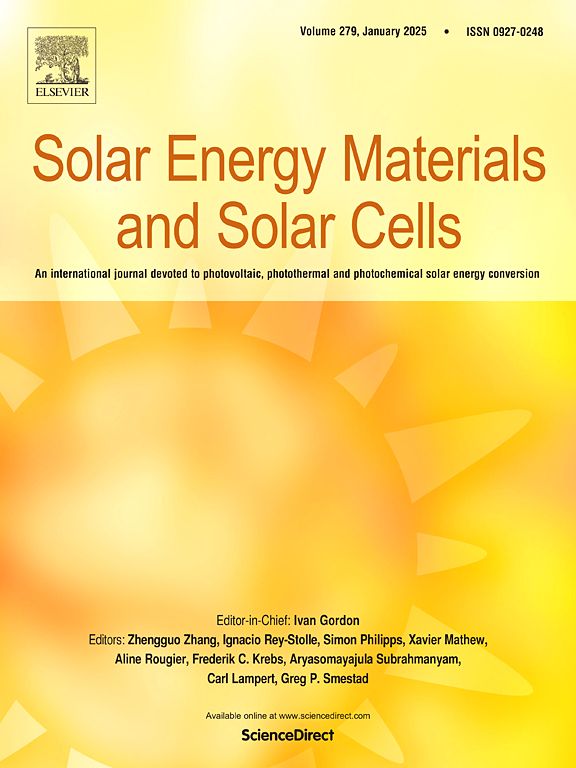Dynamic hot corrosion behavior of austenitic stainless steels in binary nitrate-carbonate molten salts at 600°C
IF 6.3
2区 材料科学
Q2 ENERGY & FUELS
引用次数: 0
Abstract
For the compatibility of austenitic stainless steels, including AISI 304, AISI 316L and AISI 347H, with binary nitrate-carbonate molten salts at 600 °C, dynamic corrosion tests were carried out for 1000 h under different flow conditions. The corrosion rates of three types of stainless steels in nitrate salts were investigated using the weight loss method. The microstructures were analyzed using X-ray diffraction (XRD), scanning electron microscopy (SEM), and energy dispersive spectroscopy (EDS) to study the corrosion behavior of these steels. The results showed that, at a flow rate of 2 m/s, the corrosion rates (Rdepth) of 304, 316L, and 347H stainless steels were 0.0217 mm/y, 0.0122 mm/y, and 0.0076 mm/y, respectively. The corrosion rates of these steels were 3.85, 3.4, and 2.2 times higher compared to static conditions, indicating that the increase in flow rate exacerbated the corrosion of stainless steel. X-ray diffraction analysis shows that the primary corrosion products are iron oxides. Due to the presence of Cr and Ni in 316L stainless steel, it exhibits better corrosion resistance than 304 stainless steel under dynamic conditions. Similarly, the addition of nickel and Nb in the composition of 347H stainless steel enhances its corrosion resistance.
求助全文
约1分钟内获得全文
求助全文
来源期刊

Solar Energy Materials and Solar Cells
工程技术-材料科学:综合
CiteScore
12.60
自引率
11.60%
发文量
513
审稿时长
47 days
期刊介绍:
Solar Energy Materials & Solar Cells is intended as a vehicle for the dissemination of research results on materials science and technology related to photovoltaic, photothermal and photoelectrochemical solar energy conversion. Materials science is taken in the broadest possible sense and encompasses physics, chemistry, optics, materials fabrication and analysis for all types of materials.
 求助内容:
求助内容: 应助结果提醒方式:
应助结果提醒方式:


